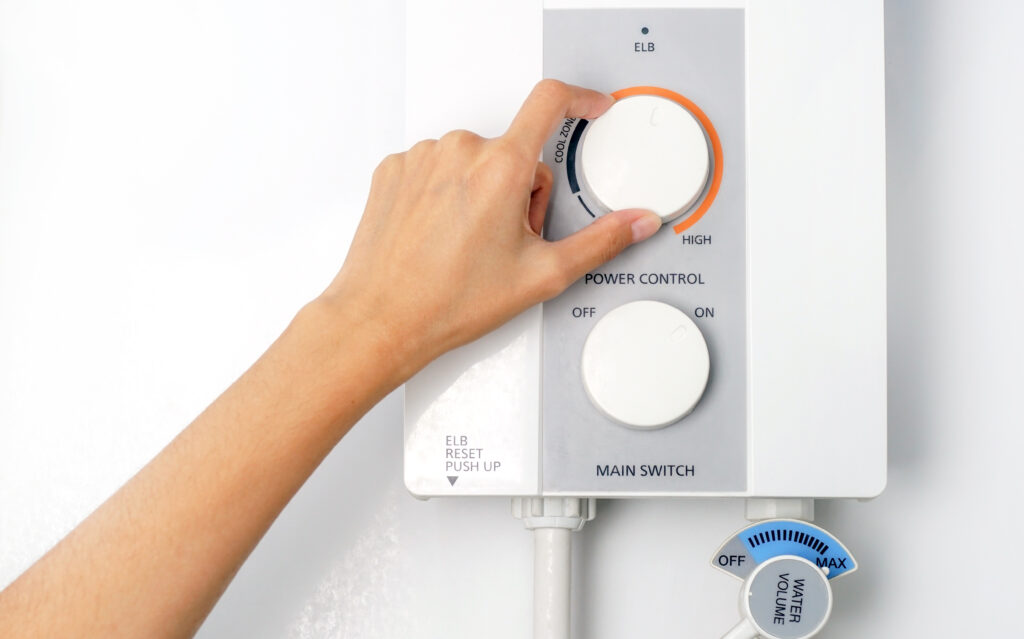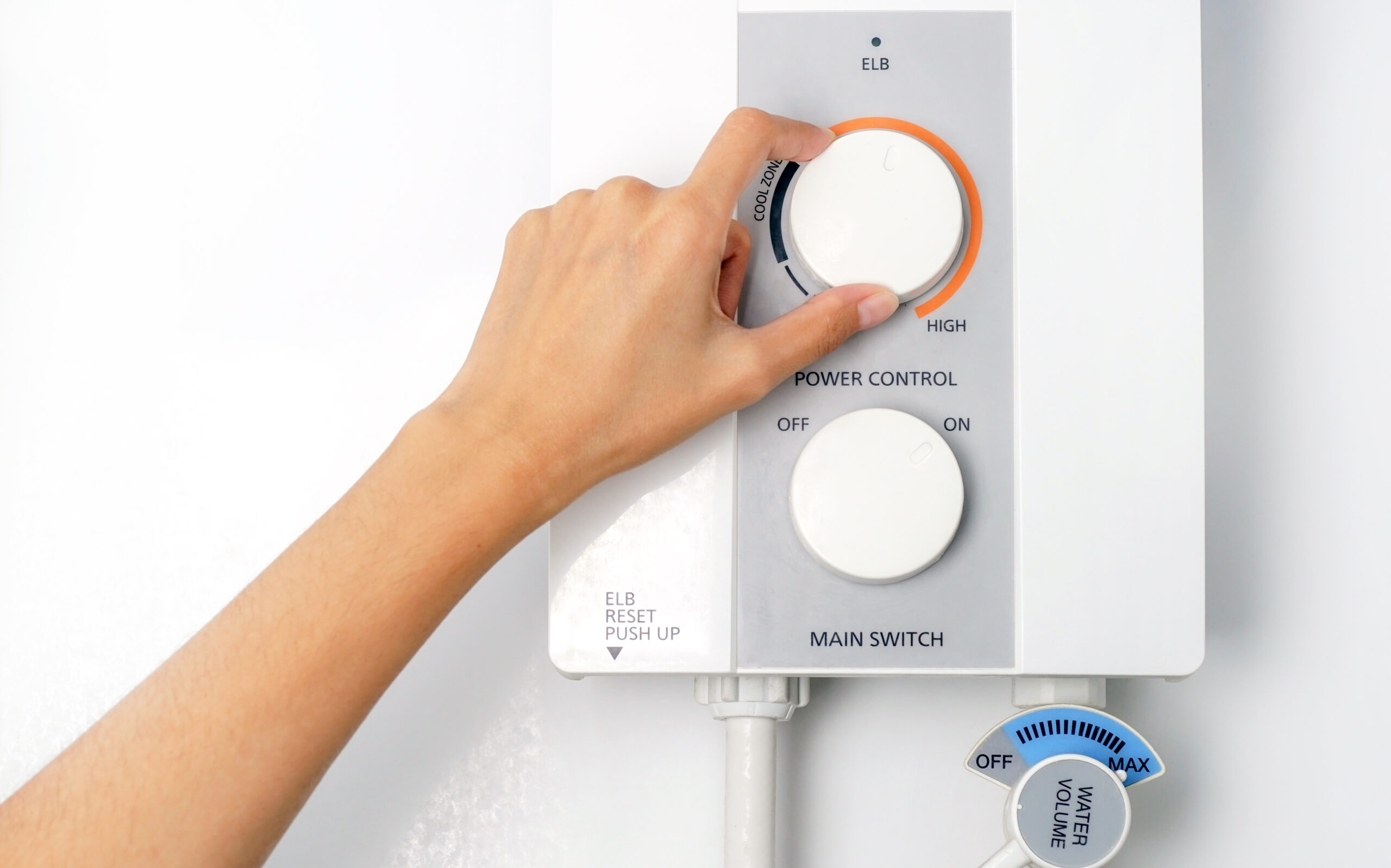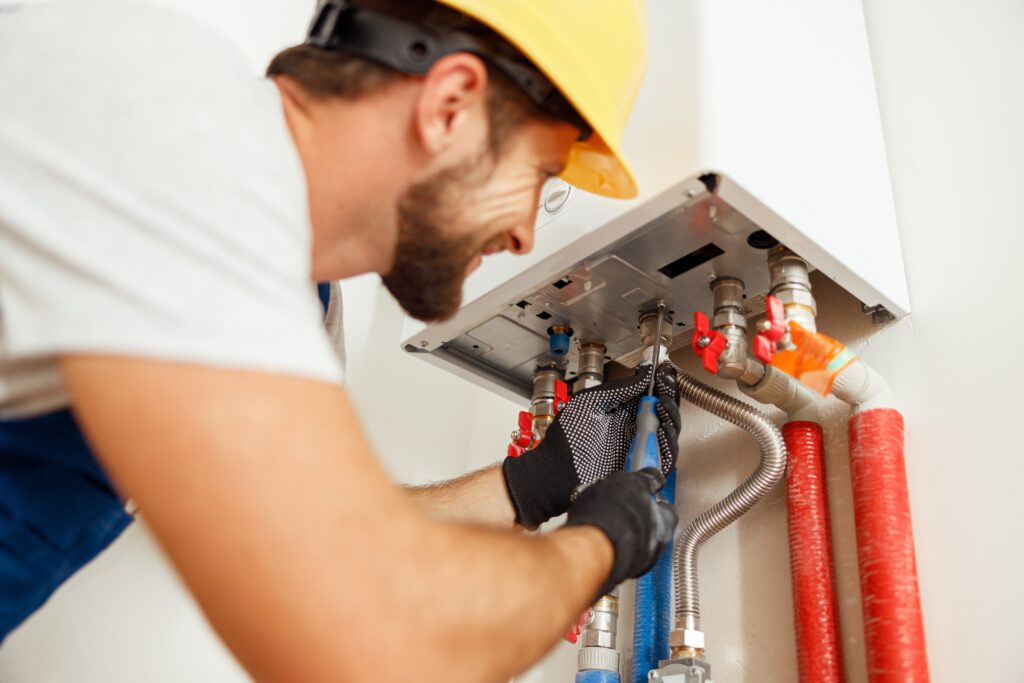Understanding Tankless Water Heaters: A Smart, Efficient Upgrade for Your Home
If you’ve ever turned on your shower expecting a hot cascade of water only to be hit with icy regret, this one’s for you. That familiar old water heater in the basement—or wherever it creaks away—is probably doing its best. But as a homeowner, especially if you’re exploring home warranties and looking to save long-term, it might be time to look into a smarter upgrade: the tankless water heater. Let’s dig into what it is, how it works, and whether it belongs in your home—because yeah, even small changes like this can have big ripple effects.
What Is a Tankless Water Heater?
A tankless water heater, also known as an on-demand water heater, heats water only when you need it. There’s no big storage tank. Instead, the system activates when you turn on a fixture—like your faucet, dishwasher, or shower—and heats the water instantly as it passes through the pipes. No waiting. No keeping 40 gallons of water warm 24/7. Pretty clever, huh? It’s compact, energy-efficient, and gaining serious popularity, especially in households that want more control over utility costs and space-saving upgrades. Even better, it plays nicely with modern home efficiency initiatives, not to mention most home warranty plans—like the ones from Armadillo.
How Does a Tankless Water Heater Work?
Okay, quick breakdown time. When you turn on a hot water tap, cold water flows through a heat exchanger inside the tankless unit. That exchanger is warmed by an electric element or gas burner—it kind of depends on the model you choose—and voilà: instant hot water. This amazes people the first time they use it. There’s no pre-filled tank to empty, which means it theoretically can keep going as long as you need it to. Though, fair warning, that doesn’t mean endless hot water if you’ve got multiple fixtures running at once. We’ll get into that next. Right now, just think of it like Netflix for hot water: streaming, not storing.
Benefits of Going Tankless
This is where it gets juicy. First up: energy efficiency. Traditional water heaters constantly heat water, even when you don’t need it—which means wasted energy. Tankless water heaters only work on demand, which could knock a noticeable amount off your utility bills. The Department of Energy says they can be up to 34% more energy-efficient than storage models in homes that use less than 41 gallons of hot water daily. There’s also the longer lifespan—these units typically last over 20 years, compared to the 10–15-year lifespan of a tank model. And the cherry on top: space. These compact systems can be wall-mounted and tucked neatly away. Picture winning back your basement or closet space for something actually useful, like shelves for emergency snacks. Or holiday decorations. Or whatever you hoard, no judgment.
Common Drawbacks to Consider First
Sounds great so far, right? Hold on, there are a few things to keep in mind. First, the upfront costs. Tankless water heaters aren’t cheap—they can range from $1,000 to over $3,000 with installation. Also, if your home is older, the setup may require electrical or gas upgrades. Yikes. The good news is, these costs often balance out in the long term with energy savings and durability. But—and this is important—check your home warranty coverage before making the leap. A product like Armadillo can help cushion whatever hits your budget might take. Another thing: flow rate. If you’ve got three people showering at once and a laundry cycle running, you could hit the system’s output limit. It’s not the end of the world, but it might mean choosing your battles. Or rethinking laundry timing.
Tips for Choosing the Right Tankless Unit
If you’re sold on going tankless (and I mean, who could blame you?), here are the basics. First, size matters. Not every home needs a monster commercial-grade system. Evaluate your household’s hot water needs—number of people, then number of bathrooms and appliances using hot water simultaneously. Next, pick your fuel: electric models can be cheaper to install, but gas tends to be more efficient. Then, look up flow rates and compare. A good rule of thumb? Aim for a system that handles at least 5 gallons per minute if you’re juggling a couple of demanding fixtures at once. Finally, and I cannot stress this enough, read reviews and talk to your home warranty provider before buying. A great heater that isn’t covered—or one that voids your warranty—adds zero comfort to your life.
Installation Insights: What to Expect
Installing a tankless water heater isn’t exactly DIY Sunday fun. It’s a job for licensed professionals, especially if it requires upgrading electrical lines or adding ventilation for a gas unit. The setup can get complicated if your current plumbing isn’t up to code. Installers usually remove your old system, hook up the new one, and then walk you through basic operations—yes, there’s a learning curve with all those digital readouts and settings. Depending on your location and requirements, install time can run anywhere from a few hours to a full day. Make sure you factor that downtime into your schedule, because no one wants to go a whole day without hot water unless they’re actively glamping.
Why It Pays to Protect Your Tankless Water Heater with a Home Warranty from Armadillo
Look, making a home investment like converting to a tankless water heater is a big deal. Whether it’s the installation cost or the repair bill when something random fails two years later, these things can nick your budget hard. That’s why a solid home warranty matters. With Armadillo, you get reliable coverage for home systems and appliances—yes, including tankless water heaters—so you’re not flying solo if something breaks down. Their plans are flexible, they make the claims process easy, and their service pros are vetted (AKA, not sketchy). If you want to explore coverage options, visit their homepage right here: https://www.armadillo.one. Or if you’re ready to go, jump into the sign-up process with this quick link: https://app.armadillo.one/plan-builder?current=zip. Because let’s be honest—homeownership is wild enough without surprise repair bills. Let Armadillo help keep your home (and your hot water) running smooth.


























